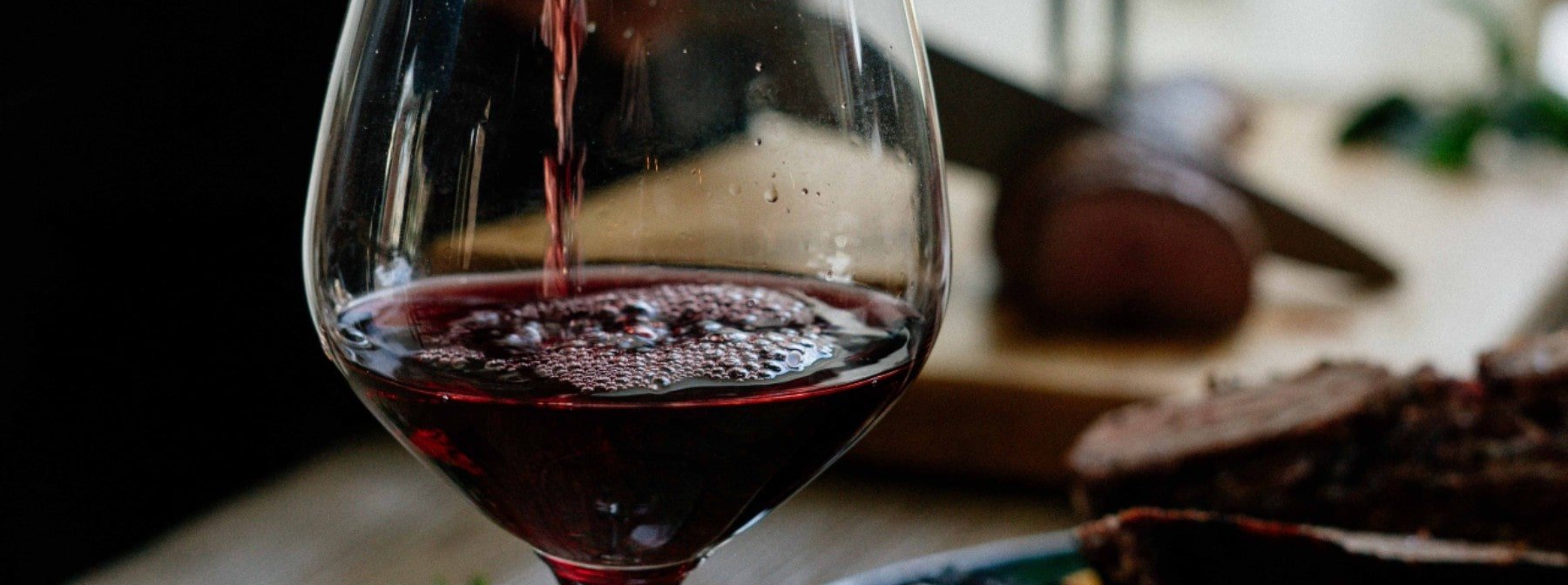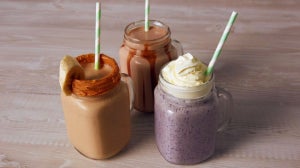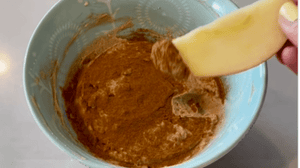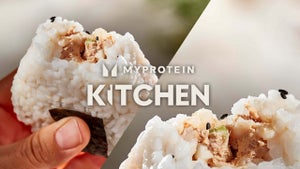
The Sirtfood Diet was developed in 2015 by two nutritionists; Aidan Goggins and Glen Matten. They suggest that the diet “influences the body’s ability to burn fat and boosts the metabolic system”.1 The diet relies on eating specific foods (called sirtfoods) that stimulate the production of proteins called sirtuins (sirts) in the body. Sirt stands for Silent Information Regulator Protein.
The proposed science behind the diet is all based around the power these sirtfoods have on the ‘sirt’ proteins. There are seven sirt proteins (S1-7), and each has specific metabolic functions.
S1 is associated with fat breakdown and weight loss. The founders of the diet suggest that it activates the “skinny gene” pathways in the body. These “skinny gene” pathways are the same ones more commonly activated by fasting and exercise. They help the body to burn fat, increase muscle mass and improve health.
The authors of The Sirtfood Diet believe that eating sirtfoods not only activates sirt genes, but they also help to stabilise blood sugars and fight inflammation. Sirtuins have been identified as having an important role in anti-ageing.
But what is the proof behind these claims? Let's dig a little deeper into The Sirtfood Diet.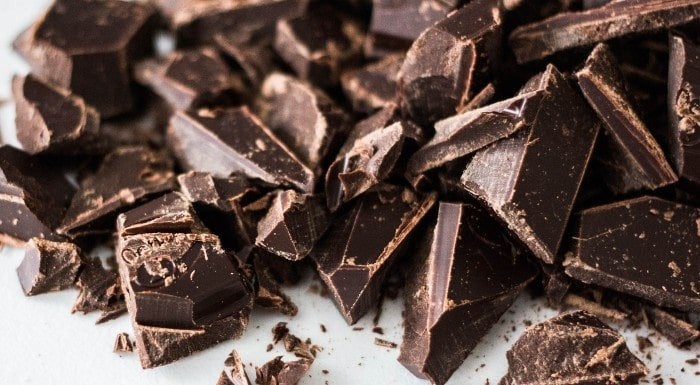
What is the Sirtfood Diet?
This diet trend is based around the consumption of foods which might interact with a family of proteins known as sirtuin proteins (SIRT1-SIRT7)2 . These groups of seven proteins in the body have been shown to regulate a few bodily functions including metabolism, inflammation and increasing lifespan (aka slowing down aging).3
There are two phases to the diet that last a total of 3 weeks. After that, you can continue consuming foods high in Sirtfood.
During the first three days, calorie intake is limited to 1000 calories per day and consists of green juices, plus normal meals rich in ‘Sirtfoods’. On days four to seven, calorie intake is increased to 1500 calories and consists of two juices and two meals.
The Sirtfood Diet plan focuses on upping your intake of 'healthy' Sirtfoods. These include:
- Red wine
- Kale
- Strawberries
- Onions
- Soy
- Parsley
- Extra virgin olive oil
- Dark chocolate (85% cocoa)
- Matcha green tea
- Buckwheat
- Turmeric
- Walnuts
- Arugula (rocket)
- Bird’s eye chilli
- Lovage
- Medjool dates
- Red chicory
- Blueberries
- Capers
- Coffee
Week 1:
- Limit your intake to 1000 calories a day
- Drink three sirtfood green juices a day
- Eat one sirtfood rich meal a day.
- A book is also sold with the diet that includes recommended recipes
Week 2:
- Up your intake to 1500 calories a day
- Drink two sirtfood green juices a day
- Eat two sirtfood-rich meals a day.
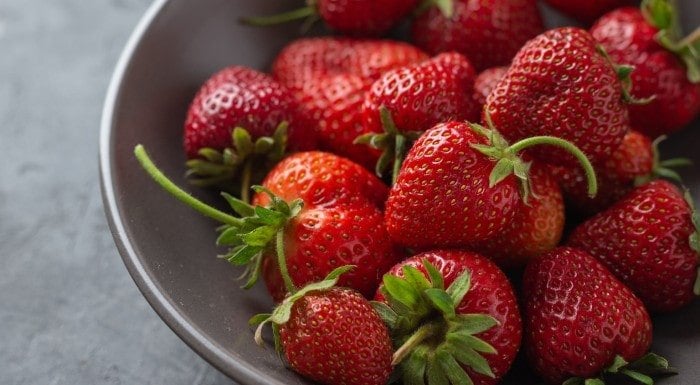
It's recommended to have around 10 portions of sirtfoods a day for weight loss and five for maintenance.
A big part of the diet is the green juice, containing 75g kale, 30g rocket, half a green apple, 1cm ginger, 2 sticks celery, half a lemon, 5g parsley and ½ teaspoon matcha which needs to be made with a juicer.
The Sirtfood Diet plan apparently works in two ways. The first is that Sirtfoods stimulate sirtuin genes, which are said to influence the body’s ability to burn fat and boost the metabolic system.
There’s evidence showing the benefits of bioactive compounds in plant foods, including those recommended in the diet.4 These bioactive compounds can be found in red grapes (resveratrol) and from green tea (epigallocatechin gallate).5
The second way the Sirtfood Diet works to help you lose weight is by restricting calories over 3 weeks, often below majority of the populations basal metabolic rate (BMR).
What do we say?
The diet is high in foods that have many benefits such as green tea, turmeric, plenty of vegetables such as kale, onions, parsley, fruits such as blueberries and many anti-inflammatory foods like walnuts and olive oil. From a nutritional density view, foods containing high levels of sirtuins also provide good levels of nutrients which are overall linked to improved health, however, keeping this particular diet up long term can prove very difficult.
From a scientific perspective, we know very little about the evidence behind the diet. The tests that have been done are mainly on mice, and it would be inaccurate to assume that lab research conducted on mice, yeast, and human stem cells has any effect on real-world human health outcomes.6.7Achieving a calorie deficit will work for most when it comes to weight loss. If you’re only eating 1000 calories per day, that is far below most people’s basal metabolic rate. Of course, the decrease in calories, many of which are carbohydrates, will result in rapid loss of glycogen (stored form of carbohydrate) from skeletal muscle and the liver. For every gram of glycogen there is approximately 2.7gams of water8. So, for all the lost glycogen, we are also losing water- no surprise the scale is lowering.
Further doubt is cast over this diet when we consider some of the specific claims. Losses of seven pounds a week are unrealistic and are very unlikely to reflect changes to body fat.
The verdict
Until there is more evidence to support the diet's claims we have to rule this one, science fiction.
There’s some lab research9 to show that sirtuins may have an antiaging effect, but studies have been on mice, human stem cells and rats, these are not real-world people.
If you restrict calories, whether those calories come from Sirtfoods or not, you’ll lose weight. Of course, opting for greens and berries instead as opposed to cake helps with our overall health and wellbeing.
Overall, there hasn’t been enough research done to determine whether The Sirtfood Diet really works yet.
Unfortunately, restricting your calories to what would be considered below most peoples’ basal metabolic rate, can actually do more harm than good, eventually decreasing your own BMR. This means when you eat back to a ‘normal’ amount, your weight will most likely increase.10Until we can make an evidence-based conclusion on whether this diet is any better than the regular calorie restrictive diet, more studies will need to be done on humans.
It’s always important to remember that the best diet for weight loss is one that meets your nutrient requirements, promotes health and well-being, and that you can stick with long-term, and the Sirtfood Diet does not seem it.READ THESE NEXT:
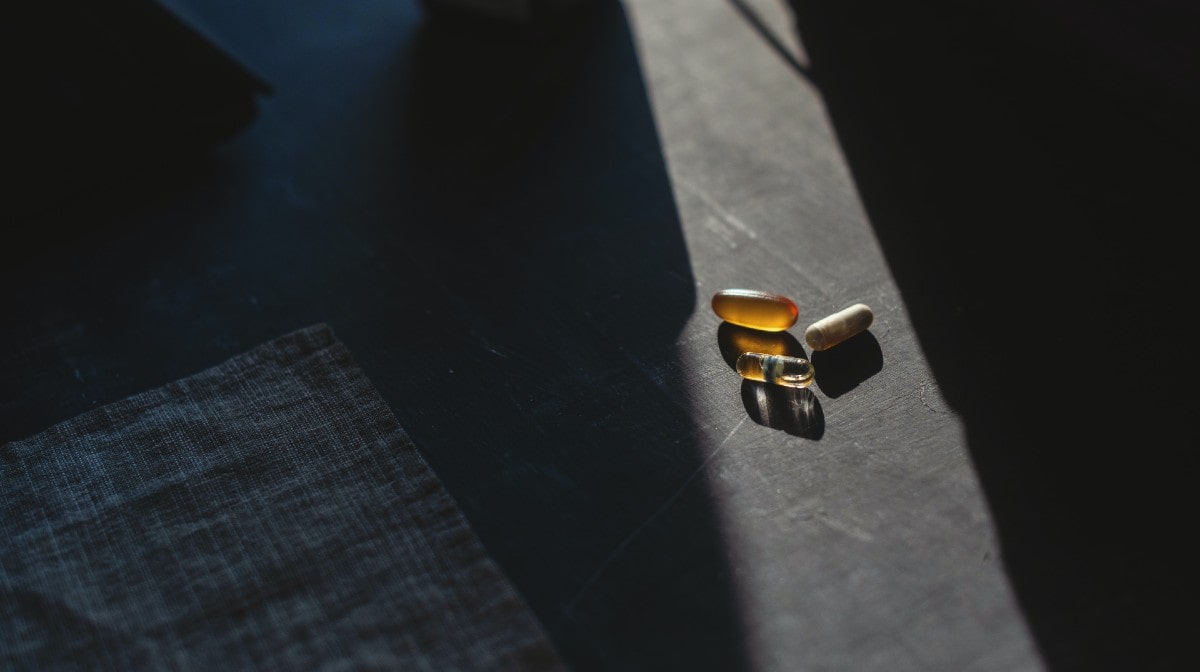
8 Benefits Of Fish Oil
It has even been shown to improve mental wellbeing.
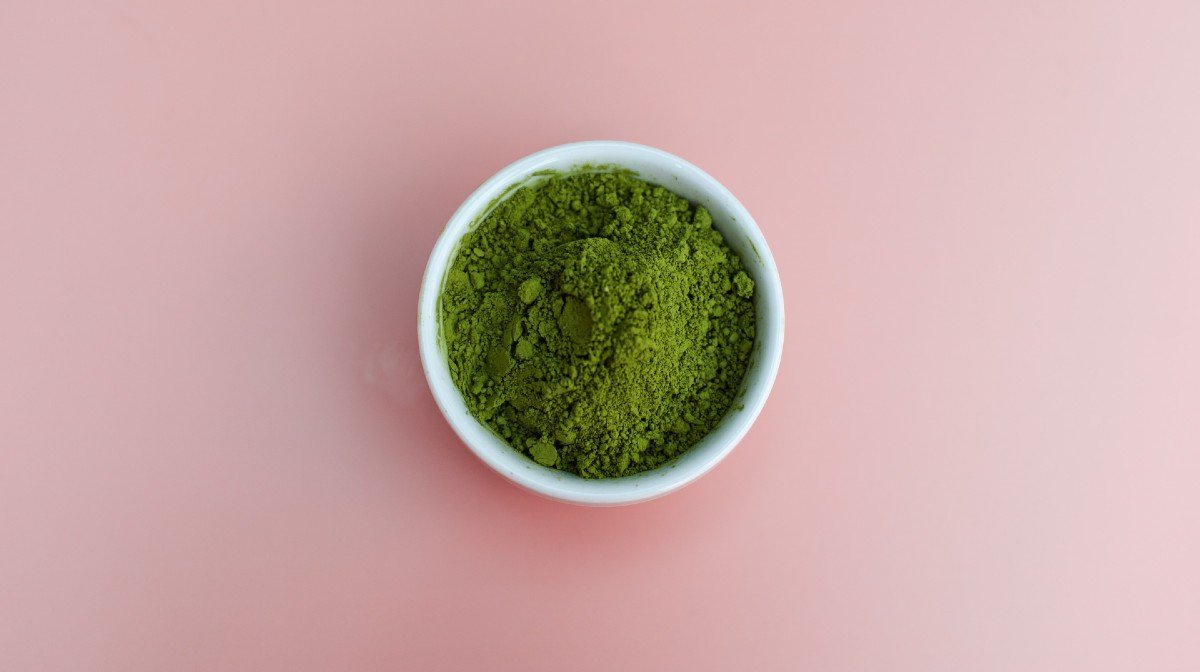
7 Health Benefits Of Green Tea
Reduce inflammation, decrease body fat, improve blood flow and loads more.
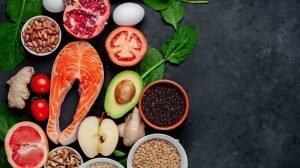
Blood Type Diet | Eating For Your Blood Type
And why science says it's a fad.
Our articles should be used for informational and educational purposes only and are not intended to be taken as medical advice. If you're concerned, consult a health professional before taking dietary supplements or introducing any major changes to your diet.
[1] http://www.thesirtfooddiet.com/about/
[2] Libert S, Guarente L. Metabolic and neuropsychiatric effects of calorie restriction and sirtuins. Annu Rev Physiol. 2013;75:669-84. doi: 10.1146/annurev-physiol-030212-183800. Epub 2012 Oct 1. PMID: 23043250; PMCID: PMC3570673.
[3] Libert S, Guarente L. Metabolic and neuropsychiatric effects of calorie restriction and sirtuins. Annu Rev Physiol. 2013;75:669-84. doi: 10.1146/annurev-physiol-030212-183800. Epub 2012 Oct 1. PMID: 23043250; PMCID: PMC3570673.
[4] Pallauf K, Giller K, Huebbe P, Rimbach G. Nutrition and healthy ageing: calorie restriction or polyphenol-rich “MediterrAsian” diet? Oxid Med Cell Longev. 2013;2013:707421. doi: 10.1155/2013/707421. Epub 2013 Aug 28. PMID: 24069505; PMCID: PMC3771427.
[5] Rahnasto-Rilla, M., Tyni, J., Huovinen, M. et al. Natural polyphenols as sirtuin 6 modulators. Sci Rep 8, 4163 (2018). https://doi.org/10.1038/s41598-018-22388-5
[6] Giblin W, Skinner ME, Lombard DB. Sirtuins: guardians of mammalian healthspan. Trends Genet. 2014 Jul;30(7):271-86. doi: 10.1016/j.tig.2014.04.007. Epub 2014 May 28. PMID: 24877878; PMCID: PMC4077918.
[7] Chang HC, Guarente L. SIRT1 and other sirtuins in metabolism. Trends Endocrinol Metab. 2014 Mar;25(3):138-45. doi: 10.1016/j.tem.2013.12.001. Epub 2013 Dec 30. PMID: 24388149; PMCID: PMC3943707.
[8] Kreitzman SN, Coxon AY, Szaz KF. Glycogen storage: illusions of easy weight loss, excessive weight regain, and distortions in estimates of body composition. Am J Clin Nutr. 1992 Jul;56(1 Suppl):292S-293S. doi: 10.1093/ajcn/56.1.292S. PMID: 1615908.
[9] Kanfi Y, Naiman S, Amir G, Peshti V, Zinman G, Nahum L, Bar-Joseph Z, Cohen HY. The sirtuin SIRT6 regulates lifespan in male mice. Nature. 2012 Feb 22;483(7388):218-21. doi: 10.1038/nature10815. PMID: 22367546.
[10] Müller MJ, Enderle J, Bosy-Westphal A. Changes in Energy Expenditure with Weight Gain and Weight Loss in Humans. Curr Obes Rep. 2016 Dec;5(4):413-423. doi: 10.1007/s13679-016-0237-4. PMID: 27739007; PMCID: PMC5097076.

